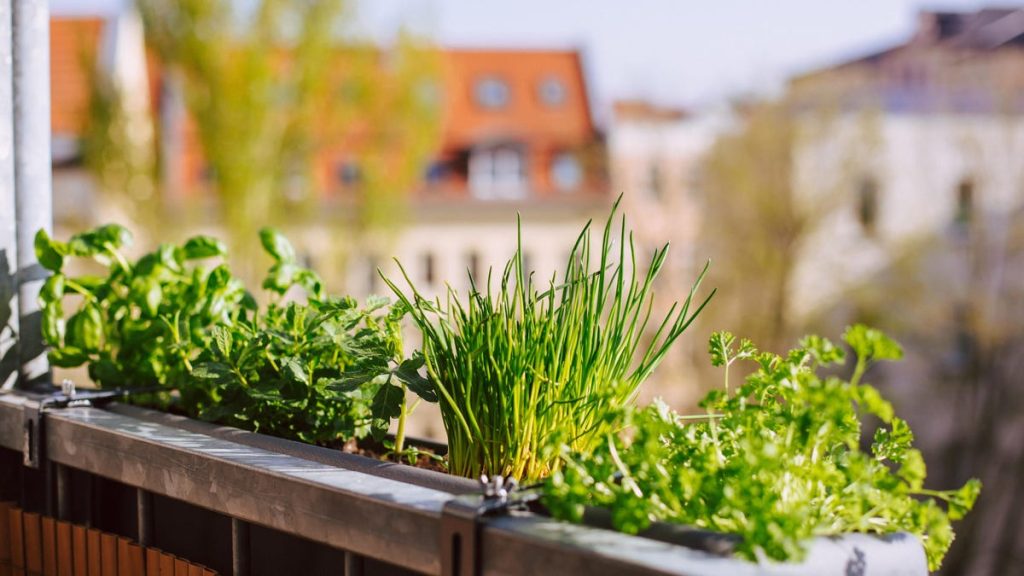During the summer months, bugs tend to infiltrate kitchens, causing frustration for many homeowners. Instead of immediately reaching for pesticides, consider using houseplants as a natural remedy. Not only do houseplants purify the air, but certain species are known for repelling pests and insects. By strategically placing specific plants in your kitchen, you can effectively drive out unwanted bugs without the need for harmful chemicals.
Popular herbs such as basil, mint, sage, and rosemary not only enhance the flavor of dishes but also act as bug repellents. These herbs emit scents that deter insects like house and fruit flies, making them a practical addition to any kitchen. Similarly, lemongrass contains citronella oil, which is commonly used in mosquito repellents, further exemplifying the insect-repelling properties of herbs. By incorporating these herbs into your kitchen decor, you can create a bug-free environment while enjoying the benefits of fresh herbs year-round.
Marigolds, known for their vibrant yellow and orange hues, serve a dual purpose as both decorative accents and insect repellents. The strong scent emitted by marigolds acts as a deterrent for gnats and midges, effectively keeping these pests at bay. Additionally, marigolds are low-maintenance plants that are easy to cultivate indoors, making them a practical choice for homeowners looking to naturally repel bugs. By incorporating marigolds into your home decor, you can enhance the aesthetic appeal of your space while minimizing insect intrusions.
Lavender, a fragrant flower prized for its calming properties, is also effective at repelling insects such as moths and beetles. Incorporating lavender stems into flower arrangements can help ward off unwelcome visitors while adding a touch of elegance to your home. Similarly, catnip, known for its intoxicating effect on cats, has the opposite impact on insects like roaches and mosquitoes. The active component in catnip triggers a chemical receptor in insects that causes discomfort, prompting them to retreat from the source. By planting catnip in your home, you can effectively deter insects while providing entertainment for your feline companions.
Chrysanthemums, with their vibrant blooms, are powerful insect repellents that target a wide range of pests including roaches, ants, silverfish, lice, bed bugs, and mites. However, it is essential to keep these flowers away from pets as they can be toxic when ingested. Additionally, carnivorous plants like the Venus flytrap offer a unique solution for bug control in the kitchen. These plants lure insects with a scent that mimics fruits and flowers, trapping them in their leaves and digesting them over time. While carnivorous plants may not be practical for large infestations, they can be a fun and effective way to target occasional pests.
In conclusion, incorporating insect-repelling plants, flowers, and herbs into your kitchen can help combat pest infestations naturally. Not only do these plants offer a sustainable solution for bug control, but they also add beauty and fragrance to your living space. By utilizing natural alternatives like coffee grounds, essential oils, banana peels, white vinegar, and onions, you can further enhance your pest management plan without the use of harmful chemicals. Embracing the power of plants and natural remedies can help create a bug-free environment while promoting a healthier, greener home.


